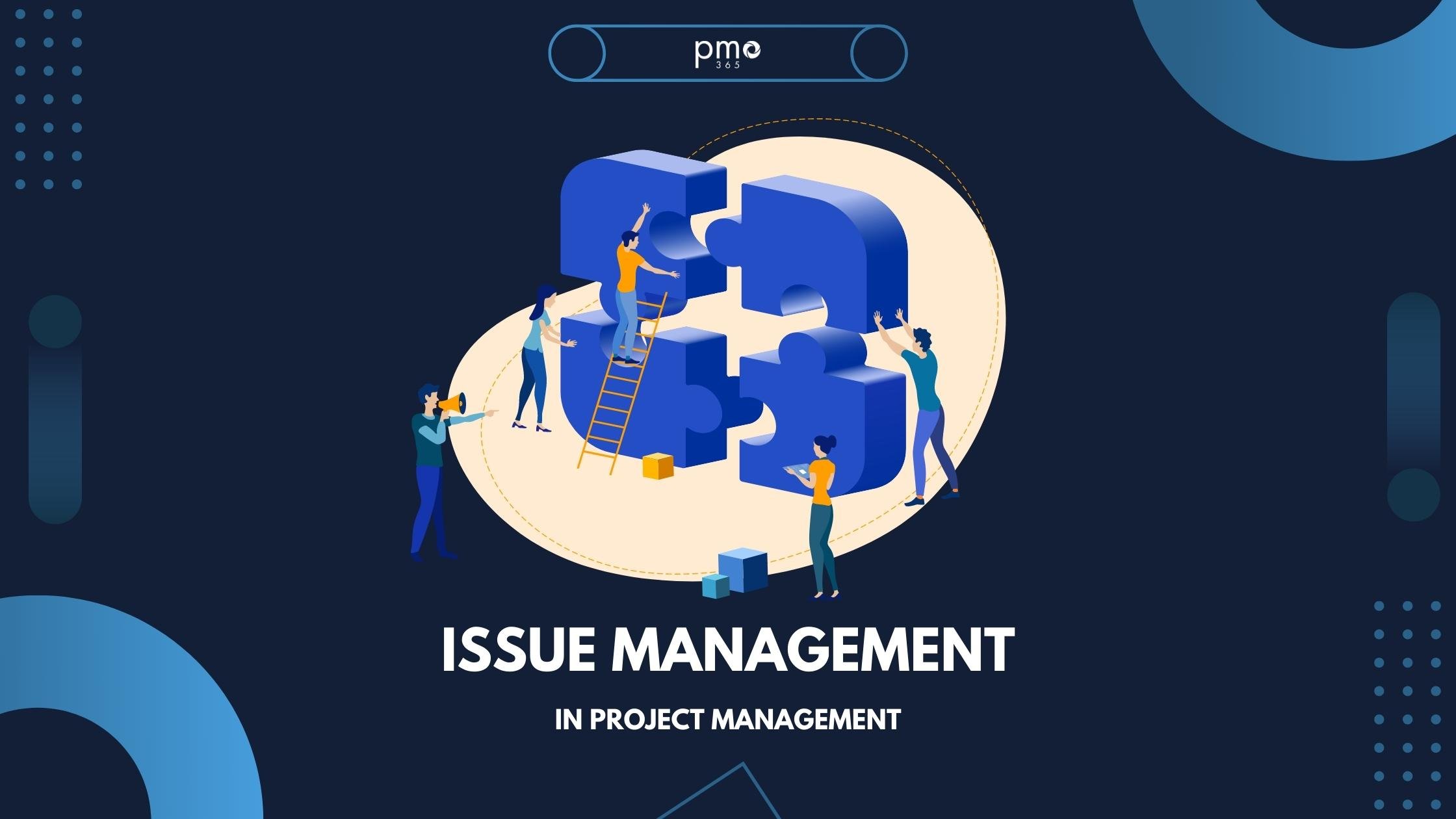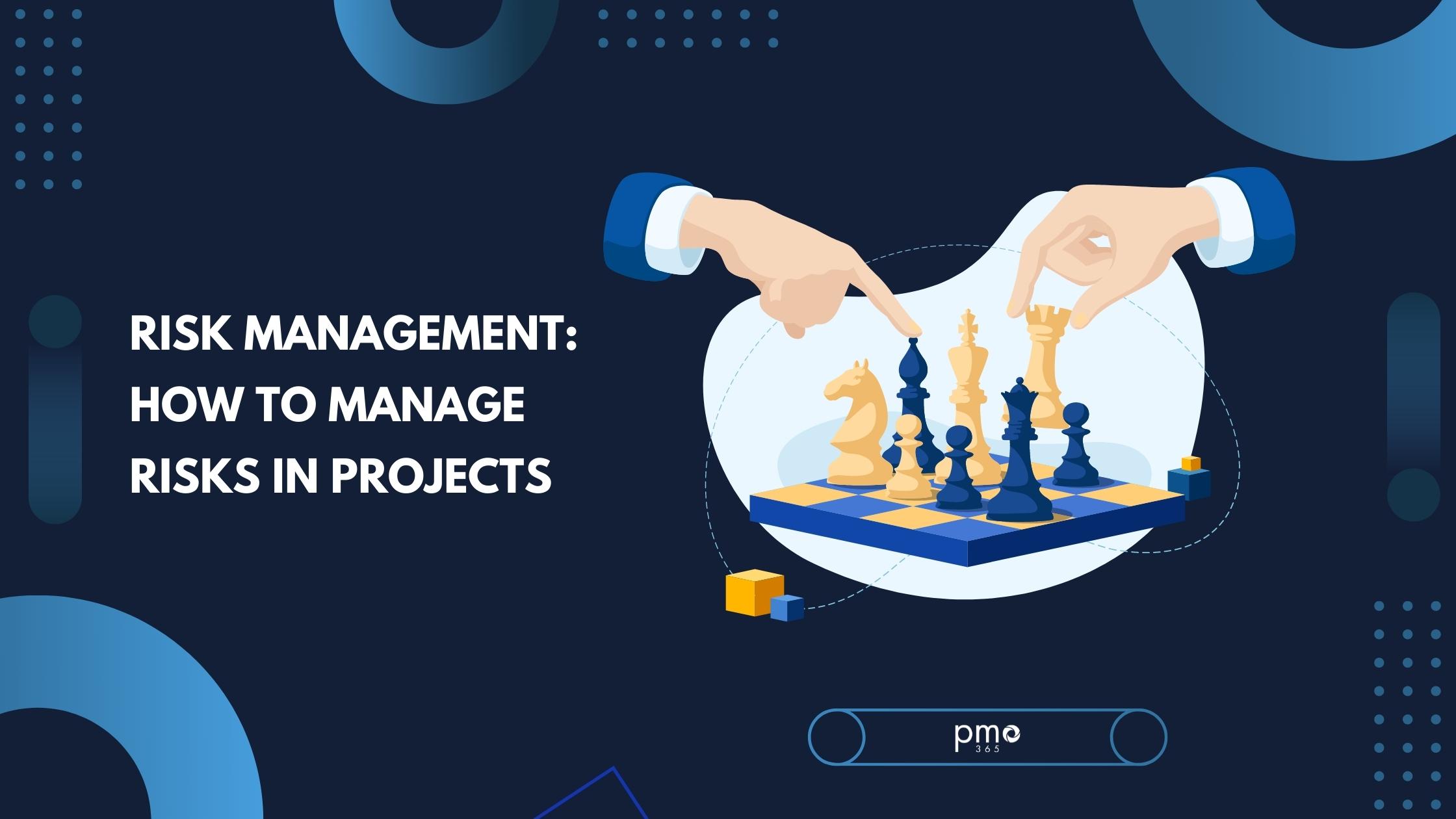If you’ve been in the project management space for long enough, you’ll have heard the term ‘Agile’. While the Agile approach has been around for a while, its deeply misunderstood. In this blog post, we’ll introduce you to the principles of Agile project management. We’ll guide you through the key terminologies, principles and values which you can utilise in your Agile project management activites.
What is Agile Project Management?
Agile is an iterative approach to project management that emphasises the importance of continuous and constant improvements. This enables teams to provide their customers with valuable products and services as quickly and effectively as possible.
Though software companies in the 70s mainly used Agile, many other industries have adopted it because of its effective model, principles and values. Its emphasis on collaboration and efficiency have brought about a new ideal methodology for innovation, development and growth. In 2001, a group of developers built the Agile Manifesto, a “formal proclamation of four key values and 12 principles to guide an iterative and people-centric approach to software development”, that form the foundations of Agile approaches to project management today.
These two statements round up the guiding Agile Manifesto:
- Project managers should build projects around self-motivated individuals. Then, the project manager should provide these individuals with the support and environment they need to finish the project.
- Self-organising teams contribute to the best requirements, designs, and architecture.
What are the benefits of Agile?
The principles Agile project management don’t only benefit software developers. Covid-19 has accelerated a digital transformation as it forced companies into digital workplace. When this happened, Agile approaches perfectly fit businesses transforming their project management and operation as a whole.
The main benefits adopting an Agile approach include:
- Improving organisational flexibility, productivity, and transparency
- Increasing the quantity of high quality deliverables
- Reducing the risk of missed objectives and tasks
- Improving stakeholder engagement and satisfaction
What are the three key principles of Agile Project Management?
These three elements embody the core issues Agile project management attempts to address and what they set out to achieve.
Constant focus on business value
Out of all the benefits of agile projects, the most important is its promise to deliver solutions that align with the needs of the organisation. This is also prevalent in the principles laid out in the first Agile Manifesto that says, “Our highest priority is to satisfy the customer through early and continuous delivery of valuable software.”
Therefore, in order to make sure that real business value is delivered by the system, the owner of the product has to have clear and focused goals. Moreover, there needs to be effective communication between the owner and the delivery team to help them understand where the focus should lie.
However, one-time communication to the delivery team won’t be enough. They would have to be reassessed on a regular basis, and the outcomes should be communicated regularly as well. A good place to begin thinking about reassessment could be by evaluating your customer feedback.
An appropriate level of quality
If the quality of the project is not consistent, the outcome will not reflect the organisation’s goals or objectives. As a result, there needs to be an emphasis on the appropriate level of quality. This is also stressed upon in of the principles in the Agile Manifesto, “continuous attention to technical excellence and good design enhances agility.”
Overcoming common challenges
It is important to note that issues will occur if the organisation using the agile approach does not fully understand or support it. If we look upon it from a governance lens, the organisation might expect to see the traditional waterfall or PRINCE2 gates. These are necessary to pass as they give assurance for visible quality.
In the case of agile projects, we typically do not observe such formal structures. However, this doesn’t mean there is a lack of visibility or governance. This is taken care of by the review at the end of each iteration. For an in-depth discussion on governance in iterative environments, check out this blog.
This review provides all the relevant insights to the customer about the progress of the project. This is helpful and better because the reviews are carried out quite frequently. Moreover, for further visibility of progress for the customer, Agile projects also produce analytics such as cumulative flow diagrams and burndown charts.
If an appointed product owner is powerless or inexperienced, many other difficulties can also arise. The role of the product owner is extremely important, and if this person is not suitable for the role, then the results will simply be non-existent or weak. This will lead the project to fail. This is why most organisations that start using the Agile methodology get the help of an experienced partner. In this way, the experienced partner is able to aid the product owner or provide the organisation with someone who is suitable for the role.
12 Agile Principles to follow:
The following 12 agile principles originally laid out in the Agile Manifesto are critical in guiding agile project management:
- The top priority is always customer satisfaction, and to achieve it, there needs to be continuous and rapid delivery.
- In order to provide the customer with a competitive advantage at all times, changing environments have to be embraced at all stages of the process.
- Higher frequency is needed to deliver a product or service.
- Daily basis collaboration of developers and stakeholders.
- There is trust in the team, and it is provided with all the necessary resources. Moreover, all team members and the stakeholders are motivated throughout the process in order to get optimal results.
- The most effective and efficient format for project success is face to face meetings.
- The ultimate measure of success is the final working product.
- In agile processes where stakeholder and development teams are able to maintain an ongoing and constant pace, sustainable development is achieved.
- To enhance agility, there needs to be a constant focus on proper design and technical excellence.
- One of the most vital elements is simplicity.
- The best designs and architecture to meet requirements are most likely to be developed by self-organizing teams.
- Efficiency is improved through fine-tuning behaviors as the teams use regular intervals.
What are the 4 Agile values?
Agile values individuals and interactions
Traditionally, software teams used to put emphasis on having the best possible processes or tools to build the software. However, the Agile Manifesto challenges this by putting people at the core of the development process – tools are only as useful as the people that are using them.
Agile values working software over documentation
Traditionally, enormous amounts of time was spent in the creation of detailed documentation by software developers. All of this was done before even a single line of code was written. While it is important to have documentation, there comes the point where the time versus output trade off should be evaluated and where possible, tuned for efficiency. This is emphasised by the Agile Manifesto that associates high priority with shipping software to the customers.
Agile values customer collaboration
There was a time when contracts were the real deal. Contracts used to be drawn with customers, and they were responsible for the details of the finished product. Consequently, this led to a contrast between what the customer required, the contract said, and what the product did.
Agile Manifesto suggests that the focus should be shifted to continuous development. In order to make sure the product continues to meet the needs of the customer. In a high velocity modern marketplace, product needs are changing fast, and so there needs to be a feedback loop with the customer to sustain a continuous development process.
Agile values responding to change
The last value put forward in Agile Manifesto is that the software team should have a high degree of flexibility and control. This is so that they can change or pivot from one direction to another as and if required. As a result, they need to have a flexible roadmap that reflects this ability to pivot whenever they have to.
Agile Terminologies you need to know
The Agile approach has a whole set of commonly used terminologies that are essential to understanding their methodology. Here’s some of the key terms which you can use to start!
- Agile – the approach to project management that involves the delivery of requirements incrementally and iteratively.
- Agile development – this is an umbrella term which project managers use to refer to methodologies for iterative software development. Some of the common methods include Lean, eXtreme Programming (XP), Scrum.
- Agile Manifesto – this describes the four principles of agile development that we will be discussing in detail later
- Daily Scrum – this refers to a stand-up team meeting.
- Scrum – this refers to regular team meetings that evaluate the progress of a development phase. This methodology is commonly by used by software developers.
- Scrum of scrums – this is a technique that a project manager will use when multiple teams are working on the same product. It enables operation for Scrum on a larger scale.
- Scrum master – as the name suggests, this individual is responsible for overlooking the development process and ensures teams are working together and integrating smoothly.
- Scaled Agile – this is when organisations scale up Agile principles for large programs or projects.
- Sprint – a short, focused period allocated for teams to a task.
To find more information on the principles of Agile project management, be sure to check out our blog.













